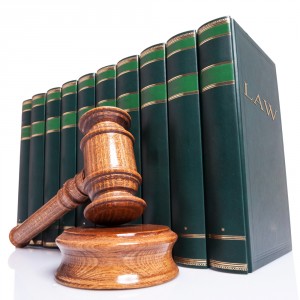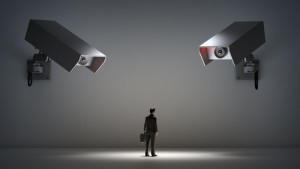We have rejected several tort cases because Medical Assistance made payments for the victim’s outstanding bills. Why? Because the state refused to significantly reduce (or at all) its lien to account for attorneys’ fees. Sure, DHMH could reduce or waive their lien if it will cause “substantial hardship.” But “substantial hardship” was not defined and I think we had a very different definition than the subrogation folks at Medical Assistance.
It might sound a little heartless, but it is the exact opposite. The Medical Assistance problem did not affect our attorneys’ fees but had a real impact on how much money the client could recover in the case. If we don’t think we can make the client happy at the end of the case, we will not pursue the claim, regardless of how much money we think we can make on the case.
But things are now a lot better because of new rules that have adopted by the Department of Health and Mental Hygiene and codified as COMAR 10.09.83. Pursuant to these new regulations, the state will now allow for attorneys (I’m not sure about pro se plaintiffs, I need to read it again) to negotiate a reduction in the lien to account for the victims’ legal fees.












